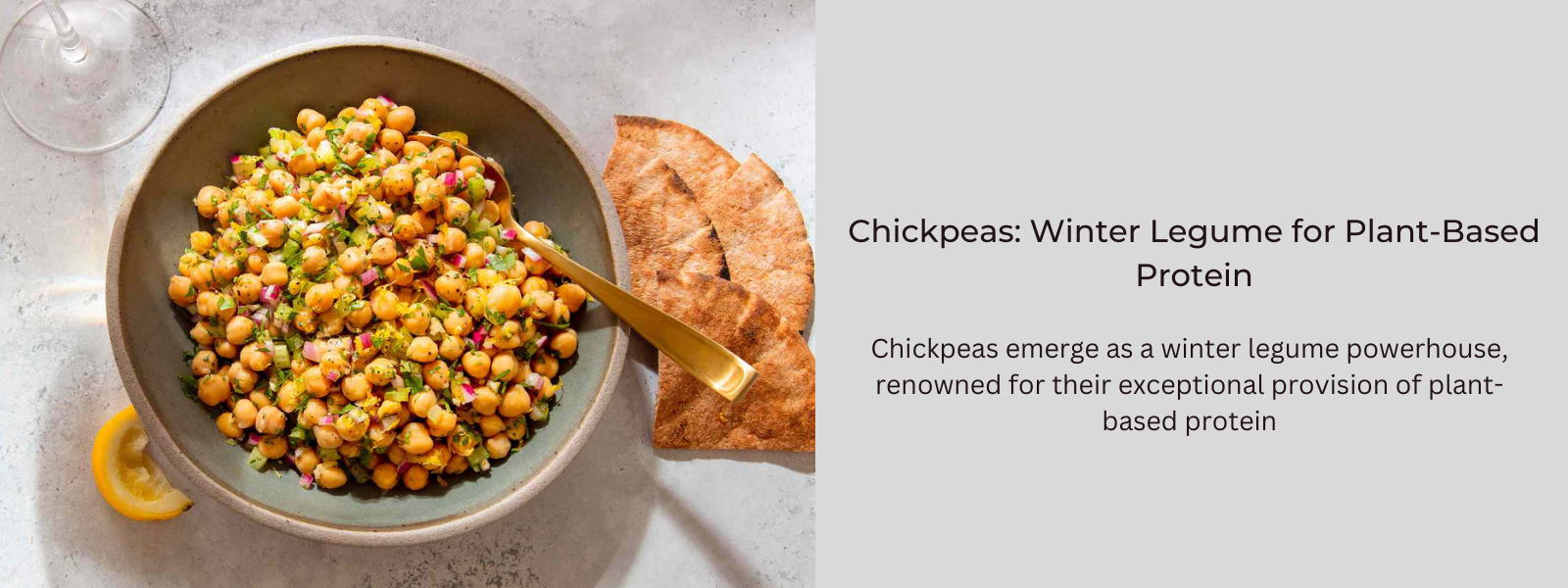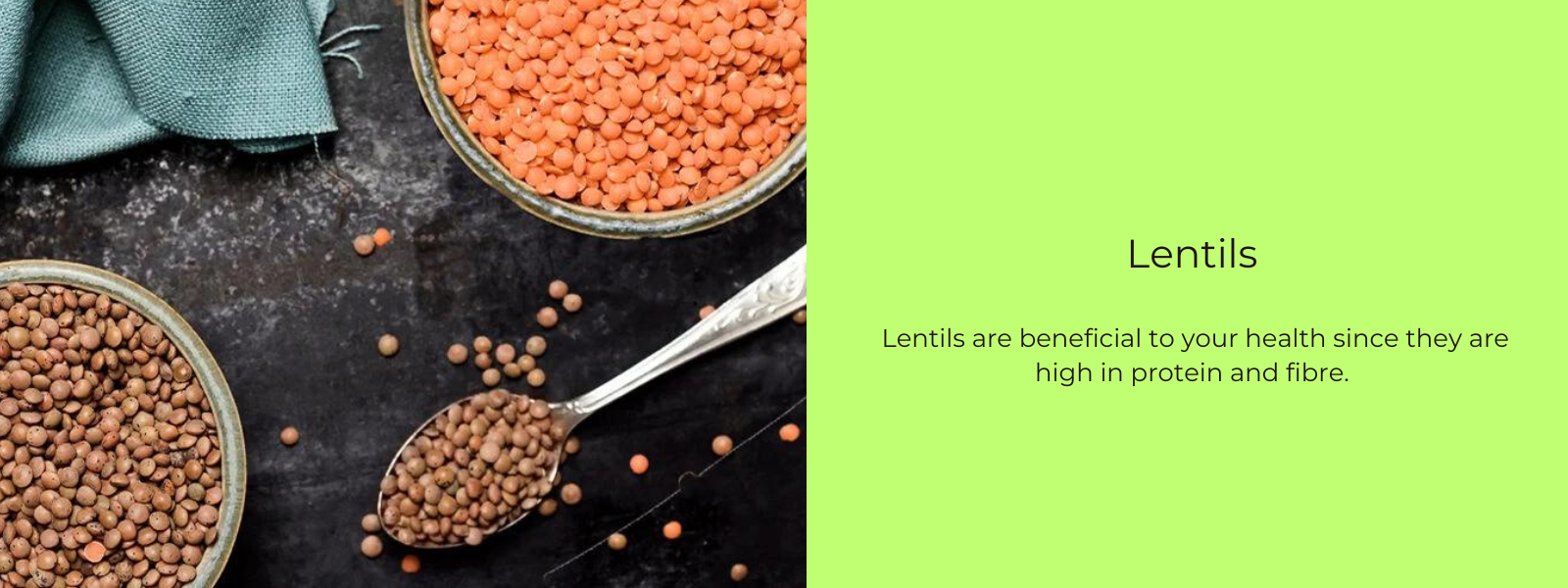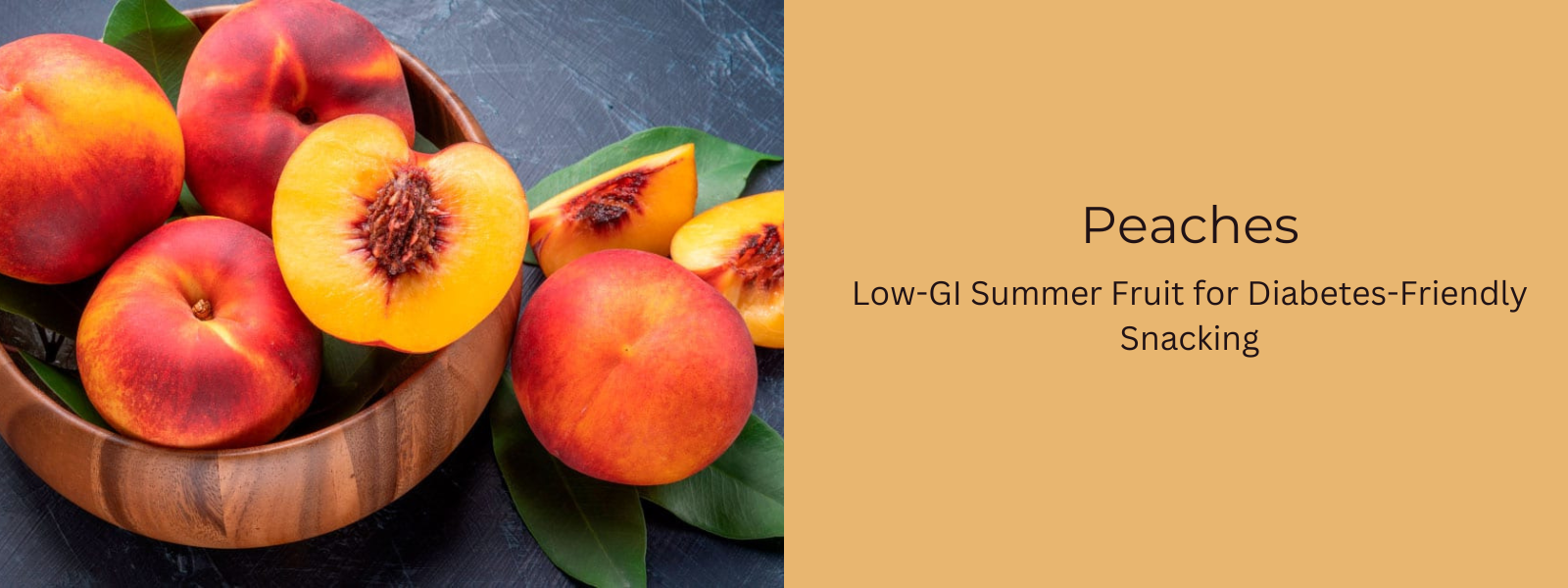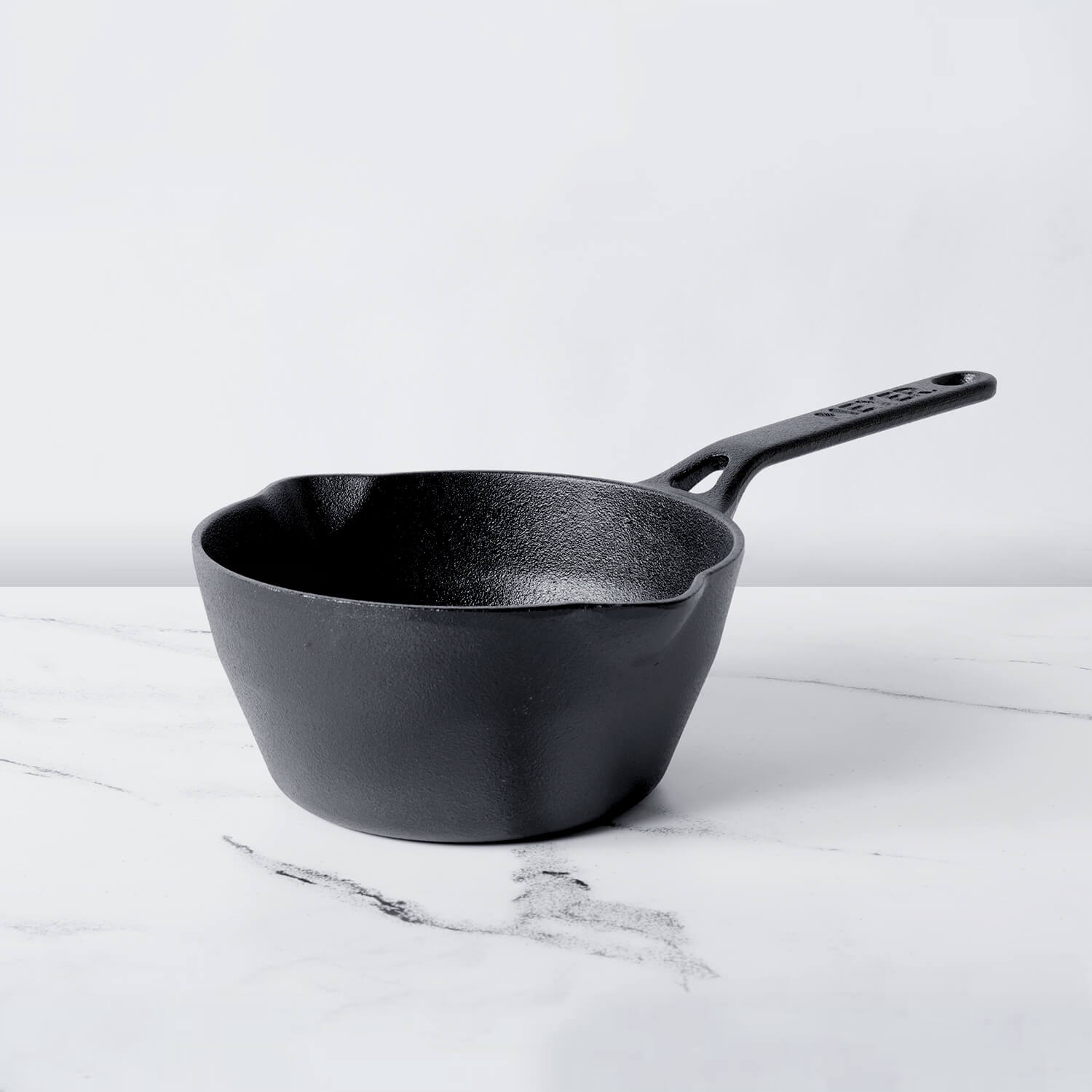Chickpeas, also known as garbanzo beans, are a versatile legume that offers numerous health benefits, including their positive impact on blood sugar levels. With their low glycemic index (GI) and high fiber content, chickpeas provide a winning combination for individuals looking to manage their blood sugar effectively. The low GI of chickpeas means that they cause a gradual and modest increase in blood sugar levels after consumption, helping to prevent spikes and crashes. Additionally, the fiber in chickpeas slows down the digestion and absorption of carbohydrates, further supporting stable blood sugar levels. The soluble fiber in chickpeas also promotes feelings of fullness and satiety, which can aid in weight management and appetite control. Incorporating chickpeas into meals such as salads, soups, stews, and curries can provide a delicious and nutritious way to support blood sugar control and overall health.
Table of Contents
What Are Chickpeas?
Chickpeas, scientifically known as Cicer arietinum, are a type of legume belonging to the Fabaceae family. They are also commonly referred to as garbanzo beans. Chickpeas are grown in many parts of the world and have been cultivated for thousands of years, primarily in regions of the Middle East, Mediterranean, and South Asia.
These versatile legumes are small, round, and beige in color with a slightly nutty flavor and firm texture. They have been a staple food in cuisines around the world for centuries, prized for their nutritional value, culinary versatility, and long shelf life.
Chickpeas are an excellent source of plant-based protein, making them a popular choice for vegetarians and vegans. They are also rich in dietary fiber, vitamins, minerals, and antioxidants. Some of the key nutrients found in chickpeas include protein, fiber, folate, iron, manganese, magnesium, potassium, and zinc.
Chickpeas can be consumed in various forms, including dried, canned, or cooked. They are commonly used in a wide range of dishes, such as soups, stews, salads, curries, and dips like hummus. Additionally, chickpea flour, also known as gram flour or besan, is used in many traditional recipes to make bread, pancakes, and savory snacks.
Chickpeas and Blood Sugar: A Winning Combination
Chickpeas, also known as Kabuli Chana in India, has been a staple in cuisines around the world for centuries. They are not only delicious but also offer numerous health benefits, particularly when it comes to blood sugar management.
One of the key reasons why chickpeas are beneficial for blood sugar control is their low glycemic index (GI). The glycemic index is a measure of how quickly carbohydrates in food raise blood sugar levels. Foods with a low GI cause a gradual and steady increase in blood sugar levels, which can help prevent spikes and crashes that are common with high-GI foods. Chickpeas have a relatively low GI, typically ranging from 28 to 32, depending on the variety and preparation method. This makes them an excellent choice for individuals looking to manage their blood sugar levels effectively, including those with diabetes.
Another factor that contributes to the blood sugar-regulating properties of chickpeas is their high fiber content. Fiber is the indigestible part of plant foods that passes through the digestive system relatively unchanged. Soluble fiber, in particular, forms a gel-like substance in the digestive tract that slows down the absorption of carbohydrates and sugars, leading to more stable blood sugar levels. Chickpeas are rich in both soluble and insoluble fiber, with approximately 12.5 grams of fiber per cooked cup. This fiber content not only helps regulate blood sugar levels but also promotes digestive health, satiety, and weight management.
In addition to fiber, chickpeas are a good source of protein, with approximately 15 grams of protein per cooked cup. Protein plays a crucial role in blood sugar regulation by slowing down the absorption of carbohydrates and helping to maintain muscle mass, which is important for overall metabolic health.
Furthermore, chickpeas are packed with essential nutrients such as vitamins, minerals, and antioxidants, including folate, iron, magnesium, and manganese. These nutrients support various aspects of health, including immune function, heart health, and energy metabolism.
Benefits Of Chickpeas For Diabetics:
Chickpeas offer several benefits for individuals with diabetes, making them a valuable addition to a diabetic-friendly diet:
- Low Glycemic Index (GI): Chickpeas have a relatively low glycemic index (GI), ranging from 28 to 32, depending on the variety and preparation method. Foods with a low GI cause a gradual and modest increase in blood sugar levels, helping to prevent spikes and crashes that can be problematic for individuals with diabetes.
- High Fiber Content: Chickpeas are an excellent source of dietary fiber, with approximately 12.5 grams of fiber per cooked cup. Fiber plays a crucial role in blood sugar management by slowing down the absorption of carbohydrates and sugars, promoting more stable blood sugar levels. Additionally, fiber helps improve insulin sensitivity and reduce insulin resistance, both of which are important factors in diabetes management.
- Rich in Protein: Chickpeas are also rich in protein, with approximately 15 grams of protein per cooked cup. Protein helps regulate blood sugar levels by slowing down the absorption of carbohydrates and promoting feelings of fullness and satiety, which can help control appetite and prevent overeating.
- Nutrient-Dense: Chickpeas are packed with essential nutrients, including vitamins, minerals, and antioxidants, such as folate, iron, magnesium, manganese, and zinc. These nutrients support overall health and well-being and help reduce the risk of complications associated with diabetes, such as cardiovascular disease and oxidative stress.
- Weight Management: The combination of fiber and protein in chickpeas can aid in weight management, which is particularly important for individuals with diabetes. Consuming chickpeas as part of a balanced diet can help control appetite, promote feelings of fullness, and prevent overeating, leading to better weight control and improved blood sugar management.
Best Ways To Diabetes Can Consume Chickpeas:
For individuals with diabetes, there are several delicious and nutritious ways to incorporate chickpeas into their diet while maximizing their health benefits and managing blood sugar levels:
- Hummus: Hummus is a popular Middle Eastern dip made from chickpeas, tahini (sesame seed paste), lemon juice, garlic, and olive oil. It's rich in protein, fiber, and healthy fats, making it an excellent choice for individuals with diabetes. Enjoy hummus as a dip for raw vegetables or whole grain crackers, or spread it on sandwiches or wraps for added flavor and nutrition.
- Salads: Add chickpeas to salads for a boost of protein, fiber, and texture. Combine chickpeas with mixed greens, tomatoes, cucumbers, bell peppers, onions, and a drizzle of olive oil and vinegar for a nutritious and satisfying meal. You can also toss chickpeas with cooked grains like quinoa or bulgur wheat for added protein and fiber.
- Soups and Stews: Incorporate chickpeas into soups and stews for a hearty and nutritious meal. Add chickpeas to vegetable soups, minestrone, chili, or curry dishes for extra protein and fiber. Pair chickpeas with other vegetables, legumes, and whole grains for a balanced and filling meal that supports blood sugar control.
- Roasted Chickpeas: Roasted chickpeas make a delicious and crunchy snack that's high in protein and fiber. Simply rinse and drain canned chickpeas, toss them with olive oil and your favorite spices, such as paprika, cumin, garlic powder, or chili powder, and roast them in the oven until crispy. Enjoy roasted chickpeas as a nutritious alternative to chips or crackers.
- Chickpea Flour Recipes: Use chickpea flour, also known as besan or gram flour, in various recipes to add protein and fiber to your diet. Chickpea flour can be used to make pancakes, crepes, flatbreads, and savory snacks like fritters or pakoras. Replace traditional flour with chickpea flour in recipes to create healthier versions of your favorite dishes.
- Chickpea Curry: Prepare a flavorful chickpea curry using canned or cooked chickpeas, tomatoes, onions, garlic, ginger, and a blend of Indian spices like turmeric, cumin, coriander, and garam masala. Serve chickpea curry with whole grain rice or roti for a satisfying and balanced meal that supports blood sugar control.
- Chickpea Pasta: Opt for chickpea-based pasta instead of traditional wheat pasta to increase the protein and fiber content of your meal. Chickpea pasta is gluten-free, higher in protein, and lower in carbohydrates, making it a suitable option for individuals with diabetes. Pair chickpea pasta with your favorite sauce and vegetables for a nutritious and satisfying meal.
Best Chickpeas Recipes For Diabetics:
For individuals with diabetes, incorporating chickpeas into Indian recipes can provide a delicious and nutritious way to manage blood sugar levels. Here are some diabetic-friendly Indian chickpea recipes:
- Chana Masala: Chana masala is a classic North Indian dish made with chickpeas cooked in a spicy and tangy tomato-based sauce. To make a diabetic-friendly version, use minimal oil and sugar and focus on flavoring with aromatic spices like cumin, coriander, turmeric, and garam masala. Serve chana masala with whole grain roti or brown rice for a balanced meal.
- Sprouted Chickpea Salad: Sprouted chickpea salad is a refreshing and nutritious dish that's perfect for diabetes management. Simply soak chickpeas overnight, then rinse and drain them until they sprout. Toss the sprouted chickpeas with chopped vegetables like cucumbers, tomatoes, onions, and bell peppers. Season with lemon juice, olive oil, salt, pepper, and fresh herbs like cilantro or mint for added flavor.
- Chickpea Curry (Chole): Chole, or chickpea curry, is a popular Punjabi dish made with chickpeas cooked in a flavorful onion-tomato gravy. To make a diabetic-friendly version, use minimal oil and sugar and focus on enhancing the flavor with spices like cumin, coriander, turmeric, and cinnamon. Serve chole with whole grain rice or quinoa for a satisfying meal.
- Chickpea Chaat: Chickpea chaat is a delicious and tangy street food snack made with boiled chickpeas, chopped onions, tomatoes, green chilies, and fresh herbs like cilantro and mint. Season with chaat masala, lemon juice, and a drizzle of yogurt for added flavor. Chickpea chaat is low in fat and high in fiber, making it an excellent choice for diabetes management.
- Chickpea Pulao: Chickpea pulao is a flavorful and aromatic rice dish made with chickpeas, basmati rice, and a blend of spices like cumin, cardamom, cloves, and bay leaves. To make a diabetic-friendly version, use brown basmati rice or quinoa instead of white rice and add plenty of vegetables like carrots, peas, and bell peppers for extra fiber and nutrients.










Leave a comment